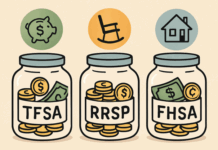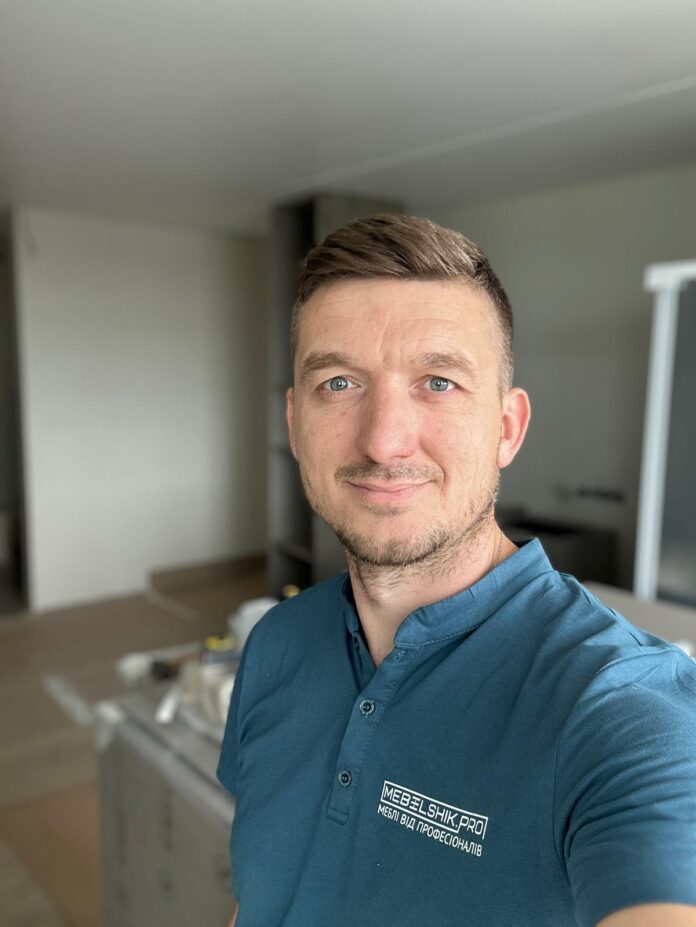Custom furniture creation is a specific segment of the furniture industry, focused on meeting individual customer needs for functionality, aesthetics and compliance with a specific space. Unlike mass production, this process is characterized by the uniqueness of each project and close interaction between the customer, designer and manufacturer. The relevance of a detailed examination of the stages of customized furniture creation is due to the growing demand for personalized interior solutions and the need to clearly organize a complex production cycle to ensure quality and meet deadlines. Insufficient understanding of the sequence and content of each stage can lead to design errors, production defects and failure to meet customer expectations. The purpose of this article is to consistently analyze and describe the stages of the process of custom furniture creation, from the inception of the idea to the final implementation, based on established design and production practices.
1. Pre-project Stage: Idea, Briefing and Conceptualization
The process of custom furniture creation is initiated by an idea, which can come from a client with a specific need or vision, or from a designer developing a unique proposal. Fundamental to successful implementation is the briefing stage – collecting and formalizing all the necessary information [1]. A detailed brief should include the functional requirements for the product, the estimated budget, the desired production time, stylistic preferences, anthropometric data of future users (if relevant), a description of the space where the furniture will be placed, as well as any specific restrictions. A deep understanding of the customer’s motivation and the context of use is the key to creating a truly suitable solution.
The conceptualization stage begins on the basis of the brief. The designer generates and visualizes several variants of ideas using sketches, collages (mood boards), analogs or primary 3D models. At this stage, the search for the form, style, and general mood of the future product takes place. The concepts are presented to the customer for discussion, feedback, and selection of the most promising direction for further detailed development [1]. The entire process is illustrated by a general diagram.
2. Design: Technical Development and Detailing
Once the concept has been approved, the detailed engineering design phase begins, where the abstract idea is transformed into specific drawings and specifications ready for production. One of the essential steps is the final selection of materials. The decision is made taking into account aesthetic requirements, functional load, expected service life, budget, processability and, increasingly, environmental characteristics [3]. Understanding the properties of different materials, their compatibility and processing features is necessary to ensure the quality and durability of the product.
The central element of this phase is the development of a set of design documentation [2]. This includes working drawings indicating the exact dimensions of all parts, connection diagrams, material specifications, fittings and components. Modern design actively uses computer-aided design (CAD) systems, allowing the creation of accurate 3D models and detailed 2D drawings. At the engineering design stage, it is important to take into account the manufacturing capabilities and design for assembly (DFA) principles in order to avoid unnecessary complications during manufacture. Careful development at this stage minimizes the risk of costly errors at subsequent stages. The final set of documentation is agreed upon with the customer.
3. Production Stage: Manufacturing and Finishing
The production process itself begins on the basis of the approved design documentation. It starts with planning: purchasing the necessary materials and fittings, drawing up a production schedule, distributing tasks between specialists or sections. Next comes the stage of manufacturing furniture parts according to the drawings. This may include operations of cutting sheet materials, processing solid wood (sawing, milling, grinding), manufacturing bent or molded elements, processing metal or plastic, depending on the design. The accuracy of the parts and the quality of their processing directly affect the final result.
The next step is assembling the product – connecting individual parts into a single structure using various types of joinery joints, glue and fastening fittings. In parallel with or after assembly, the installation of functional fittings (hinges, guides, handles, transformation mechanisms) is carried out. The final production stage is surface finishing. It includes preparation (grinding, priming), application of decorative and protective coatings (varnishes, paints, oils, waxes) and finishing (polishing). The quality of the finish determines not only the appearance, but also the wear resistance and durability of the furniture.
4. Final Stages: Quality Control, Delivery and Installation
Quality control is an end-to-end process that accompanies all stages of custom-made furniture manufacturing. It includes checking the conformity of incoming materials with specifications, checking the accuracy of the dimensions of parts after processing, checking the quality of assembly of units and connections, and assessing the quality of surface finishing. Before sending to the customer, a final inspection of the finished product is carried out for compliance with the approved project, the absence of defects and the proper functioning of all moving elements.
After successfully passing quality control, the furniture is carefully packed to prevent damage during transportation. Organizing delivery to the customer’s site is also a responsible stage. In cases where furniture requires installation on site (for example, built-in wardrobes, kitchen units), professional installation is carried out by qualified specialists. The final step is the acceptance of the work by the customer, signing the act and receiving feedback.
Thus, the custom-made furniture creation is a multi-stage, structured process that requires close interaction between all participants: the customer, the designer and the manufacturer. Each stage, from the initial briefing and conceptualization [1] to the final quality control and installation, contributes to the final result. Careful elaboration of technical documentation [2], a conscious choice of materials [3], high quality of production operations and finishing, as well as effective communication between all parties are the key to creating a product that fully meets the functional, aesthetic and quality expectations of the customer. A systematic approach to process management, attention to detail at every stage and the use of modern design and production methods make it possible to implement complex and unique furniture projects. These principles of process organization are applicable both to small craft workshops and to specialized companies working in the custom furniture segment.
Sources:
- Ulrich, K. T. Product Design and Development / K. T. Ulrich, S. D. Eppinger. – 7th ed. – New York : McGraw-Hill Education, 2019. – 432 p.
- Tempski, P. Designing furniture: from concept to shop drawing / P. Tempski. – Revised ed. – Bethel, CT : Taunton Press, 1989. – 215 p.
- Hoadley, R. B. Understanding Wood: A Craftsman’s Guide to Wood Technology / R. B. Hoadley. – 2nd ed. – Newtown, CT : Taunton Press, 2000. – 288 p.
Find a Home-Based Business to Start-Up >>> Hundreds of Business Listings.















































